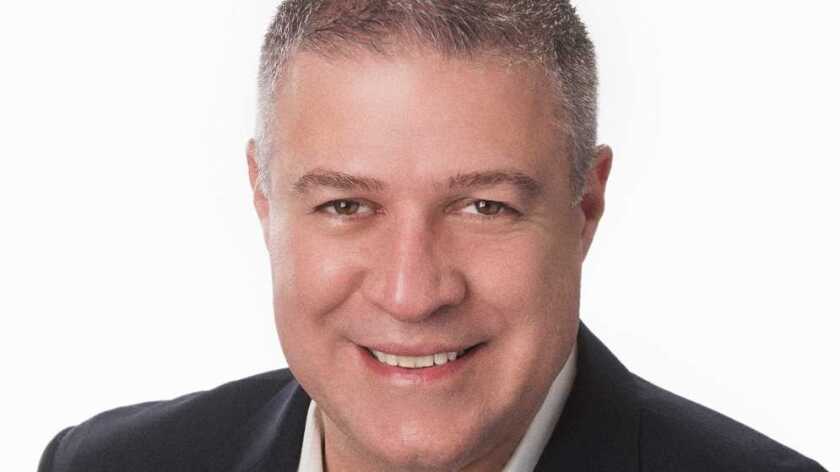Cross River Fiber and ZenFi Networks have worked together for several years. Why was now the right time to merge the two companies?
RL: There are many reasons why now was the right time for ZenFi Networks and Cross River Fiber to merge. However, I would have to say that the most significant justification is the growing number of opportunities from customers across our combined network footprint.
VC: Each company is at point where we’ve established ourselves in the New York and New Jersey markets, but we also recognized that our portfolio of customers and service offerings are quite different. By combining our companies, we will enhance our network reach, diversify our product portfolio, and deliver a next generation network infrastructure that is the foundation of the communications networks of tomorrow.
Other service providers have fibre networks in the NY-NJ Metro footprint. What makes the combined Cross River Fiber and ZenFi Networks infrastructure unique?
RL: One question we often hear is “there’s lots of fibre in the New York metro area. Why do we need another network provider in the region?”
To that I say, yes, there is a lot of fibre. However, that infrastructure is predominantly deployed in a backhaul architecture that was not designed with mobile densification in mind. To support growth, companies require a new and complementary fronthaul fibre network. This advanced network architecture differs from legacy backhaul configurations due to the density of fibre lateral splice points and the number of dedicated fibre available to serve each endpoint.
The combined ZenFi and Cross River Fiber networks were designed with the necessary capacity and accessibility to support new fibre network density requirements while remaining backwards compatible to meet all legacy network application demands.
What are the benefits to the international wholesale community with this new combined network?
RL: With over 700 route miles of fibre, our combined network provides a level of reach and connectivity that few other providers in the market can offer in one of the most important markets in the world.
VC: In January 2017, the companies partnered to create ZenCross Connect (zXc), a self-service platform enabling the automated purchase and configuration of interbuilding and interstate network cross-connects. Through the zXc platform, ZenFi and Cross River Fiber provide pre-provisioned, on-demand dark fibre and 1GB-100GB lit services between all of the major data centers and colocation facilities in and around the New York metro area, including access to key international landing points.
How do you see dark fibre continuing to play a role in the evolution of the modern network?
RL: Each year it grows increasingly evident that in a very short time nearly all devices at the edge of the network will be connected wirelessly. As a growing number of users consume bandwidth-intensive content and applications while demanding low-latency connectivity anywhere and everywhere, wireless networks will need to get closer to end users. Next generation wireless networks, such as 5G, are also becoming increasingly reliant on robust fibre optic networks to reliably meet growing bandwidth requirements. In addition, for data center facilities at the edge, low-latency, high-capacity connections to core networks are critical to enabling high-quality interconnectivity services.
What are your thoughts about the recent agreement between T-Mobile and Sprint to merge?
VC: The merger advances their position into the enablement of 5G and should foster a higher capacity network with greater reach and scalability. Though as a service provider to each of these mobile carriers, such consolidation could initially slow down their decision making to implement new fibre and colocation services that will support their combined network strategy.
After the consolidation and ripple effect it may have on the tower operators and the carrier industry as a whole, I remain optimistic that in order to reach their goals and remain competitive with Verizon and AT&T, they will have to continue to invest in the underlying infrastructure to support such growth.





